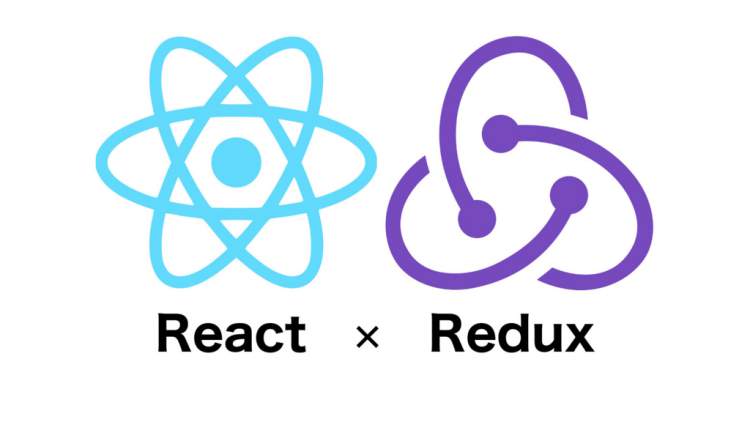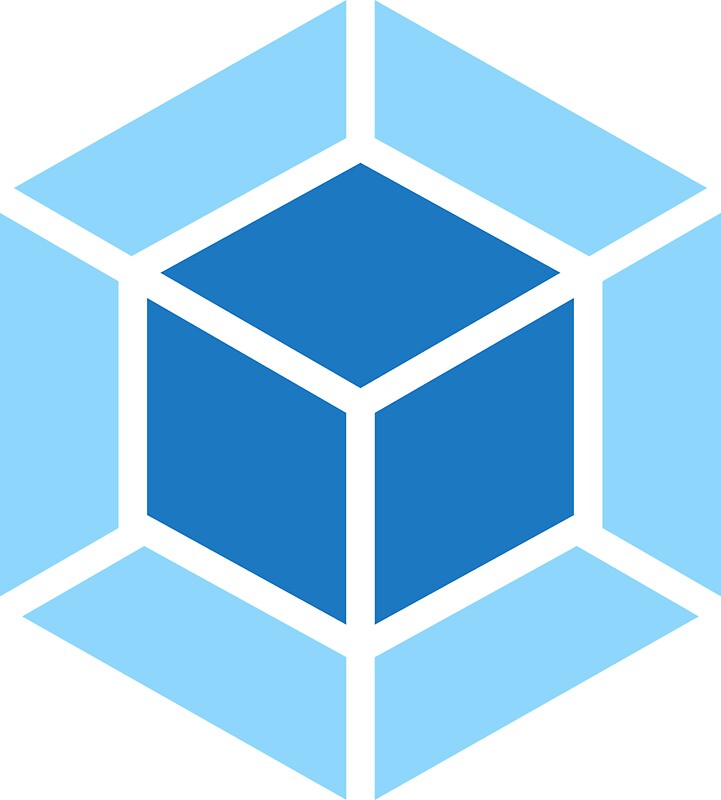A sane starting point for react+redux development.
The starter app includes a working example app(+tests) which should help you get started fast.
This branch includes the material components for the web, specifically it uses Material-ui
This starter can be run either with Docker + Docker-compose or with Node + NPM. Take whichever route you like and follow the steps accordingly.
Whichever way you take, the development app will become available at localhost:3000 and it will automatically reload changes and run linting + tests on the code.
Disclaimer: you might need node for some of the commands
Simply run npm run docker-run-dev and wait for the magic to happen.
If you want to run without Docker you'll need to have node (>= 4 ) and npm (>=) installed. If you've got those simply run the following commands in order:
npm installnpm start
Please run the following command before attempting to work with this starter (here's why):
echo fs.inotify.max_user_watches=524288 | sudo tee -a /etc/sysctl.conf && sudo sysctl -p- Directory structure
- Available commands
- Running the production server
- Docker
- Testing
- Sane production builds
- Inspiration
- Questions?
The code block below covers the relevant directory structure and explains what the folders do.
. ├── docker │ ├── dev // Development docker-compose and dockerfile │ │ ├── docker-compose.yml │ │ └── Dockerfile │ └── prod // Production docker files │ ├── docker-compose.yml │ ├── Dockerfile │ └── default.conf // nginx conf for javascript SPA's │ ├── docs // directory for your documentation │ ├── src │ ├── actions // actions go here │ ├── assets // directory for statis assets │ ├── components // dumb components go here │ ├── constants // constants can be declared here │ ├── containers // smart components go here │ ├── reducers // reducers go here │ ├── store │ ├── styles // scss + css │ ├── tests // global test files │ ├── utils // utility classes / objects │ ├── favicon.ico │ ├── index.js │ ├── index.ejs │ └── webpack-public-path.js │ ├── tools // webpack tools, build tools, etc. │ ├── .babel.json ├── .editorconfig ├── .gitignore ├── .istanbul.yml // test coverage config ├── .jslintrc.json ├── LICENSE ├── package.json ├── README.md ├── webpack.config.dev.js └── webpack.config.prod.jsThis starter includes quite a few npm scripts to get you started, the commands you'll actually want to run yourself are:
| Command | Description |
|---|---|
| start | Runs the application |
| build | Builds a production version of the application |
| docker-run-dev | Runs the app in a docker container |
| docker-run-prod | Runs the production version in a NGINX docker container |
| lint | Runs the linter |
| test | Runs the jest testing tool |
| test-cover | Runs the jest testing tool with coverage info. |
| open-cover | Runs the jest testing tool with coverage and opens the generated cover report in the browser |
And the commands which you don't want/have to run yourself are:
| Command | Description |
|---|---|
| preinstall | Checks whether your installed node version is up to par |
| postinstall | Runs docker-build-dev |
| prestart | Executes the tools/startMessage.js script |
| prebuild | Runs lint, test and clean-dist tasks |
| docker-build-dev | Builds the development docker container |
| docker-build-prod | Builds the production docker container |
| open-src | Little node script which runs the app + browsersync (also opens browser) |
| lint-watch | Watches code changes and reruns the linter automatically (included in start) |
| clean-dist | Calls remove-dist and recreates an empty folder afterwards |
| remove-dist | Simply rimraf's (rm -rf) the dist folder |
| test-watch | Watches code changes and reruns tests automatically (included in start) |
| analyze-bundle | Checks whether your bundle has any errors |
This starter includes a production docker which is built on top of the NGINX Docker. The complete configuration for this container can be found under docker/prod/default.conf.
The configuration boils down to the following procedure:
- Check whether a static file exists for the given url, if so serve it
- If it doesn't exist -> redirect to index.html
It also ships with sane defaults for compressing assets and timeouts. IF you want to know the details, or change them, have a look at docker/prod/default.conf
The starter includes a docker container/file for both the development build and the production build.
The production build runs an NGINX server which checks for a static file first and if it doesn't find one it will redirect to your app. (where a route should catch it)
To run the development docker run: npm run docker-run-dev and to run the production build use: npm run docker-run-prod.
If you're an impatiant man(or woman) like me you'll probably run into docker-compose problems... If you do, try running npm run docker-fix to resolve the issues.
I recommend to place tests next to your react files with the following naming convention:
{react-file-name}.spec.js
This would mean that the file about-container.jsx would have a test right next to it named about-container.spec.js
Tests that can be reused should go into the "tests/global" folder and exported in the index.js file in the "test" directory.
This allow you to import the test like so:
import { testName } from './../../tests';The test app includes tests for all major functions (reducers, actions, etc) and should help you get started quickly.
The test-coverage for the test app can be found in docs/coverage.md
One of the things that really annoys me about pretty much every webpack product is the bundling of assets. Now don't get me wrong, some stuff should be bundled (js/scss), but some stuff shouldn't (images/fonts).
Most webpack solutions choose to dump every asset into the root folder which , to me, becomes a mess.
This starter puts your assets in the assets folder and keeps whatever file structure you've made inside it. The "src/assets" tree in your development environment looks like like this:
src/assets/ └── images └── image.ico which means your production app will be structured like this:
dist ├── assets │ └── images │ └── image.ico ├── favicon.ico ├── index.html ├── main.d41d8cd98f00b204e9800998ecf8427e.css ├── main.d41d8cd98f00b204e9800998ecf8427e.css.map ├── main.ddc33abe456490476d44.js └── main.ddc33abe456490476d44.js.map Much neater if you ask me.
The starting point for this starter was react-slingshot by Corey House. I have worked with react-slingshot for a while and it works really well but it has some quirks I don't quite like. This starter aims to resolve those quirks and provide a better starting point for new react apps.
Check out the FAQ


